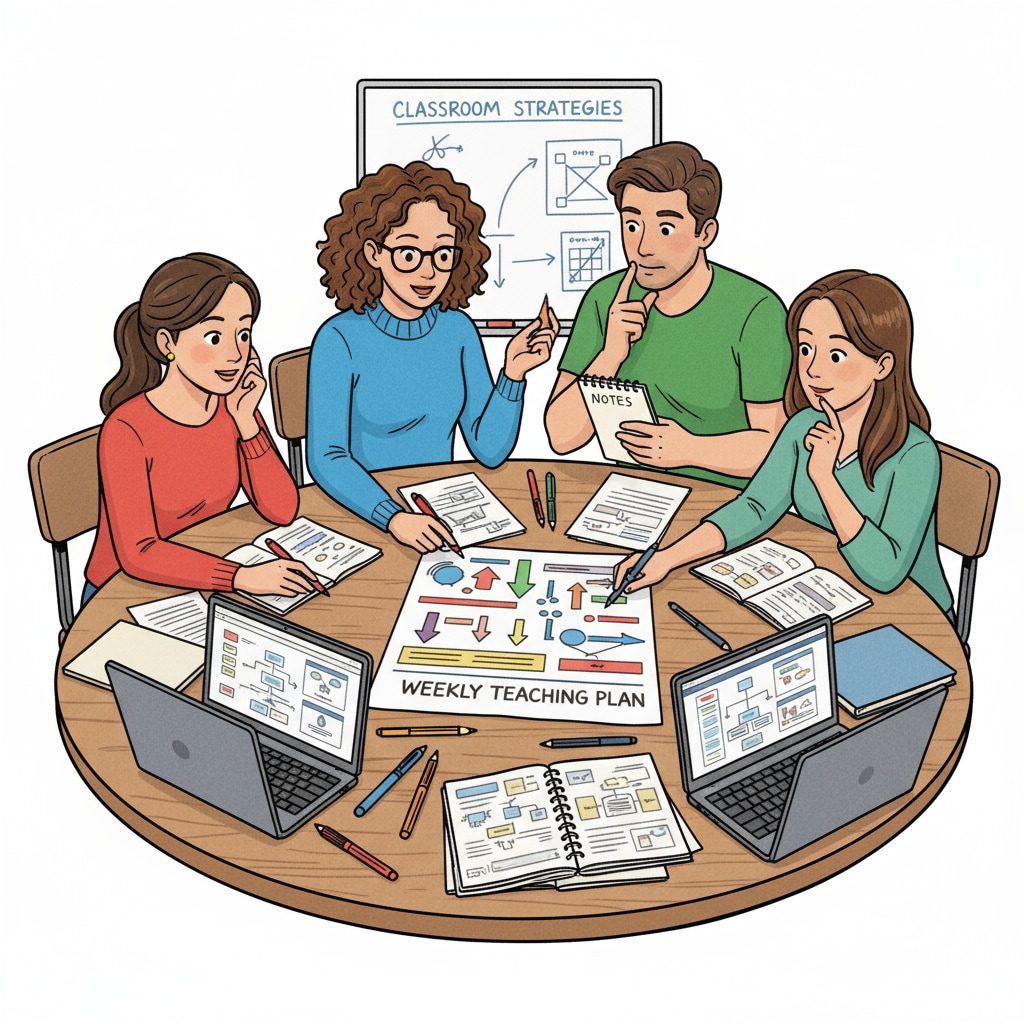Student teaching is a crucial phase where the authenticity of teaching plans, planning abilities, and the use of tools like GPTZero come into sharp focus. As future educators step into the classroom for the first time, the quality and genuineness of their teaching plans play a vital role in shaping their teaching journey.

The Imperative of Authentic Teaching Plans
Authentic teaching plans are the cornerstone of effective student teaching. They are not mere documents but a reflection of a teacher’s understanding of the subject matter, the learning needs of students, and the teaching strategies to be employed. According to Teach.org, a well-crafted teaching plan serves as a roadmap for instruction, guiding teachers through each step of the teaching process. In student teaching, using authentic plans helps novices develop a deep understanding of the teaching and learning cycle. For example, when creating a plan from scratch, student teachers must consider the curriculum requirements, the diverse learning styles of students, and how to effectively deliver the content. This process nurtures their planning abilities and ensures that they are well-prepared for the classroom.

The Role of Handwritten Plans in Cultivating Planning Abilities
Handwritten teaching plans have a unique charm in student teaching. Unlike typing, writing by hand engages multiple cognitive processes. It forces student teachers to slow down, think deeply about each element of the plan, and organize their thoughts. As they put pen to paper, they are more likely to internalize the content and make connections between different teaching components. This hands-on approach enhances their planning abilities as they are actively involved in the creation process. Research from the American Psychological Association has shown that individuals who write by hand have a better understanding of complex concepts and are more likely to recall information later. In the context of student teaching, this means that handwritten plans can serve as a valuable reference during actual teaching, enabling better improvisation and adaptability in the classroom.
Moreover, handwritten plans are a tangible representation of a student teacher’s effort and dedication. They can be easily annotated and modified during the teaching practice, providing a record of growth and learning. This personal touch is often lost in digital or AI-generated plans.
Readability guidance: In this section, we have used short paragraphs to clearly present the importance of handwritten plans. The list-like structure in explaining the benefits helps readers quickly grasp the key points. Transition words like “moreover” are used to smoothly introduce additional ideas.
The Pitfalls of AI-Generated Teaching Plans
With the rise of AI, the temptation to use AI-generated teaching plans in student teaching has emerged. While these plans may seem convenient, they pose significant risks. AI-generated plans often lack the personalized touch and in-depth understanding required for effective teaching. For instance, they may not take into account the specific context of the classroom, the unique learning difficulties of students, or the local curriculum requirements. In some cases, student teachers who rely on AI-generated plans may find themselves ill-prepared during actual teaching. They may struggle to answer students’ questions or adapt to unexpected situations in the classroom because they have not truly engaged with the content of the plan.
Tools like GPTZero can be used to detect AI-generated content. However, the best defense against using such plans is for student teachers to understand the importance of authenticity and develop their planning abilities. By creating their own plans, they can build a solid foundation for their teaching career and ensure that they are equipped to handle the challenges of the classroom.
Readability guidance: Here, we have used short paragraphs to clearly state the problems of AI-generated plans. Examples are provided to illustrate the points, and transition words like “however” are used to contrast different ideas.
In conclusion, student teaching requires a commitment to the authenticity of teaching plans and the development of strong planning abilities. Handwritten plans offer a valuable way to cultivate these skills, while the use of AI-generated plans should be avoided. Tools like GPTZero can assist in maintaining educational integrity, but ultimately, it is the dedication and hard work of student teachers in creating genuine plans that will shape their success in the classroom and their future as educators.


